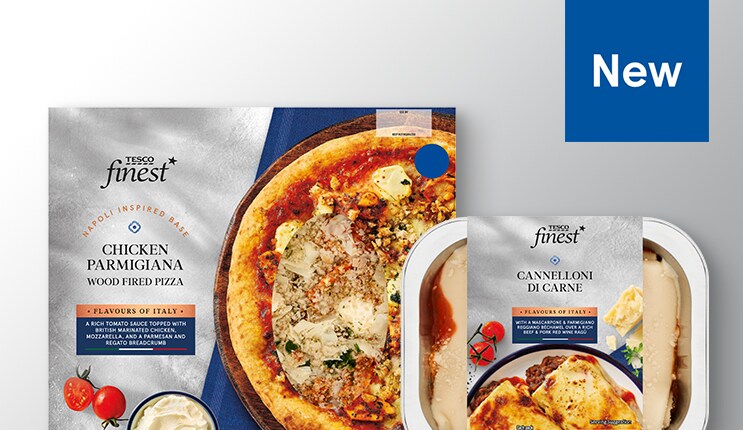Online furniture retailer The Cotswold Company has renewed a contract with Synergy for a further two years to provide warehouse management solutions to support the business.
The two companies originally partnered in 2014 when The Cotswold Company implemented the Snapfulfil Cloud WMS from Synergy.
The results of the partnership saw a 50% improvement in goods in dock to stock times; a 46% reduction in item pick times and 7.5% increase in inventory accuracy. The system also enabled regular cycle counting, replacing the previous need for an annual stocktaking shut down.
Paul Wilson, warehouse manager at The Cotswold Company, said there had been additional savings because of the partnership too. “We’re working faster and smarter with Snapfulfil which means that we’re doing more with less resources – for example, we can now run goods in, replenishment and picks simultaneously. As a result of these efficiency and productivity improvements, head count has remained proportionately stable despite a threefold increase in volumes over the last five years and we’ve reduced our overtime bill by 30%,” he said.
The new contract will see The Cotswold Company also using Snapfulfil’s returns management functionality to support enhanced integration, customer service and supplier performance. The duo will also look at introducing automation to further improve operational efficiency.
“Having efficient, system-driven processes in place has accelerated our staff training and development programme and has given me the time and freedom to concentrate on future growth and development rather than fire-fighting,” said Wilson.
Image credit: The Cotswold Company








